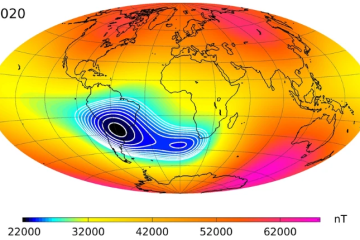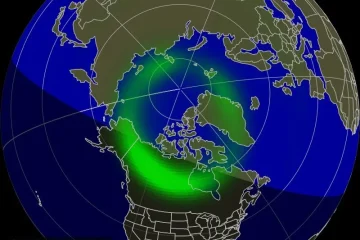Solar Flares: Unveiling Their Impact on Earth and Technology

Introduction
Solar flares are explosive releases of energy from the surface of the Sun that can have significant implications for Earth and modern technology. With the increasing reliance on satellite communications, GPS, and power grids, understanding solar flares and their potential disruptions is becoming increasingly important. Recent events have highlighted the need for vigilance regarding these cosmic phenomena, as their impact can range from beautiful auroras to technological outages.
What Are Solar Flares?
Solar flares are sudden bursts of radiation that occur when magnetic energy that has built up in the solar atmosphere is released. They are classified into three categories based on their intensity: A, B, C, M, and X classes, with X being the most intense. Flares can last from minutes to hours and can emit energy equivalent to millions of nuclear bombs exploding simultaneously.
Recent Solar Activity
In the past few weeks, the Sun has been particularly active, causing multiple solar flares. Notably, an X-class solar flare was recorded on September 10, 2023, which sparked interest in the scientific community. This flare resulted in stunning auroras seen in regions as far south as the northern United States, a visual display highlighting the natural beauty that can arise from solar activity.
Impacts on Earth
While the visually captivating auroras are often a positive manifestation of solar flares, the negative consequences can be more severe. Solar flares can disrupt communication systems and satellite operations, interference with GPS accuracy, and even impact power grids on Earth. For instance, power operators must be on alert for geomagnetic storms triggered by solar flares, which can lead to voltage irregularities that pose risks to infrastructure.
Preparedness and Monitoring
To mitigate the potentially disruptive effects of solar flares, organizations like NASA and the National Oceanic and Atmospheric Administration (NOAA) closely monitor solar activity. Advanced satellites such as the Solar Dynamics Observatory provide real-time data on solar flares, allowing scientists to issue warnings and give advance notice to operators of critical infrastructure. This preparedness is essential for minimizing risks to technology and public safety.
Conclusion
The study of solar flares is crucial as they pose both natural beauty and serious threats to our technologically-dependent society. As solar activity fluctuates during the 11-year solar cycle, understanding and monitoring these events will be key in maintaining the integrity of our communications and power systems. As research advances and technology improves, we can hope to predict these cosmic events with greater accuracy, ensuring preparedness against potential disruptions caused by solar flares.




